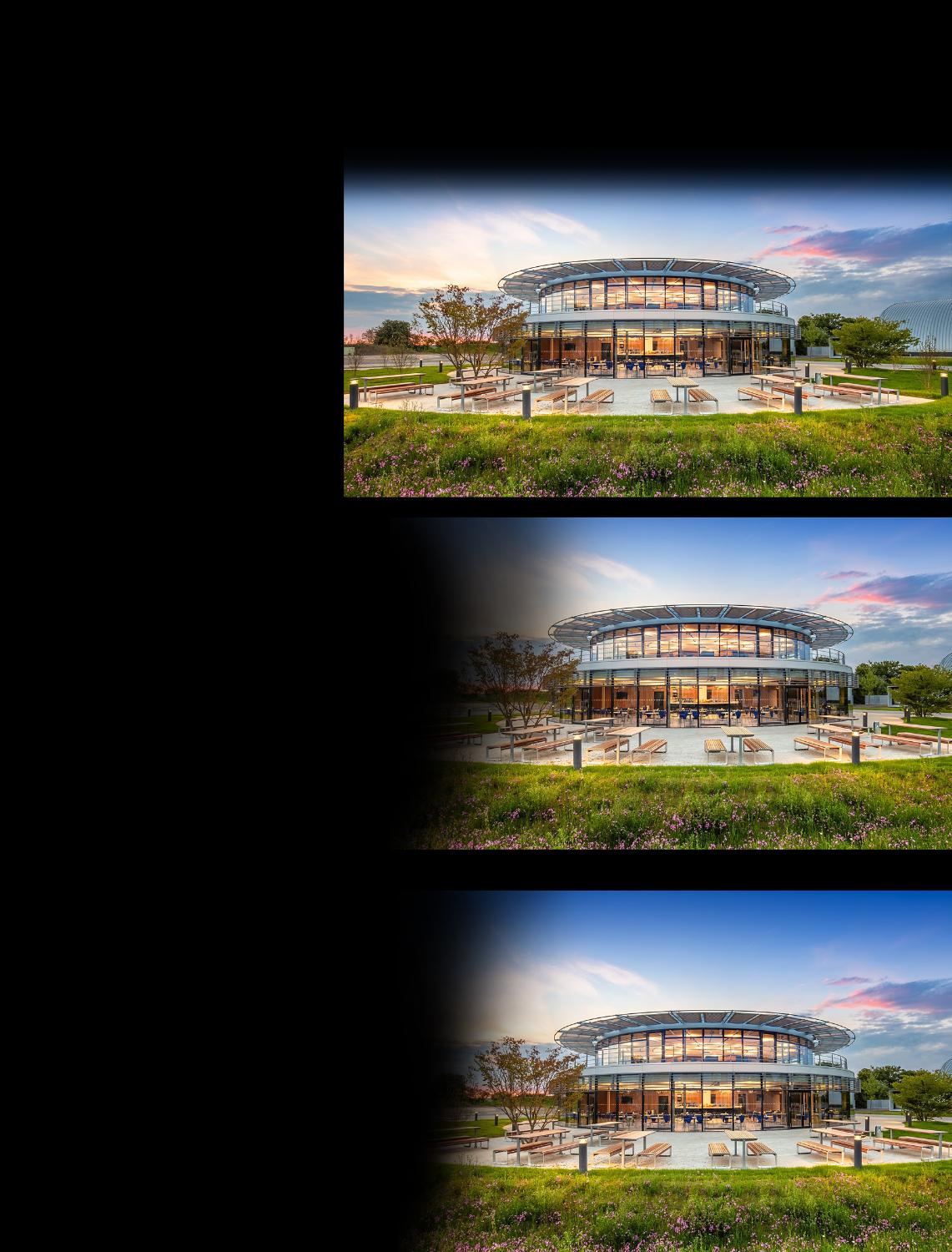Dismayed by the lack of bright young engineers in the UK, we decided to start our own Institute. Jo Johnson, then Minister for Universities and Science, laid down the challenge. Here we are breaking ground in what would become the site of the Dyson Institute of Engineering and Technology.

